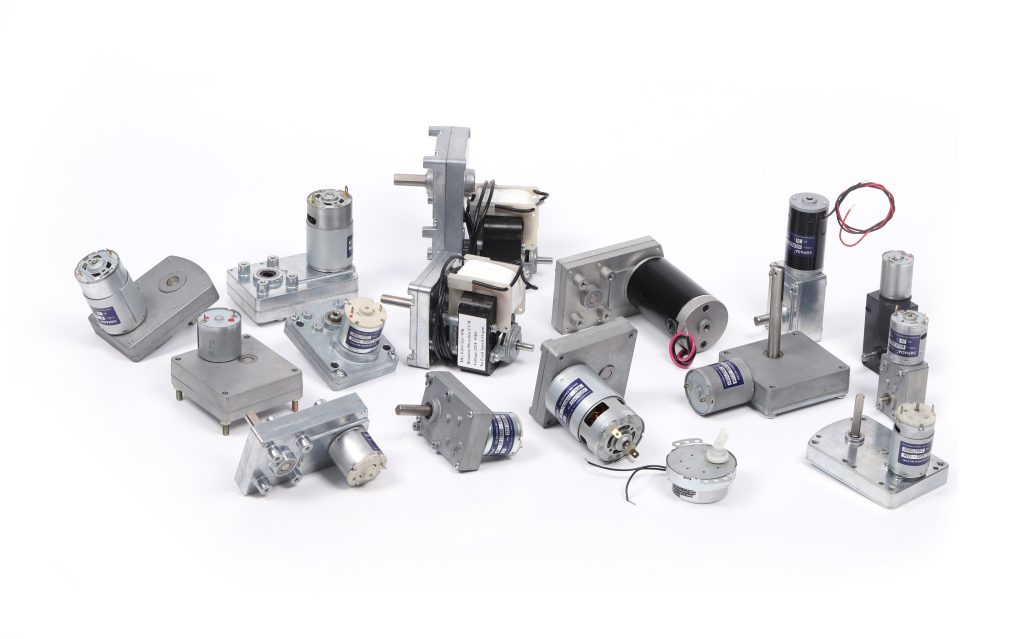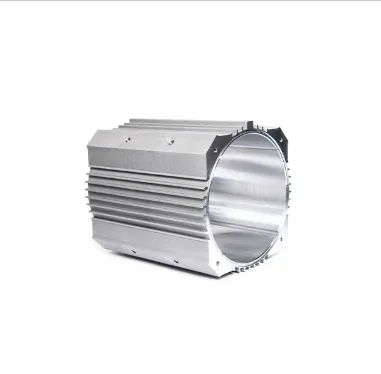Mobile:+86-311-808-126-83
Email:info@ydcastings.com
Premium Stainless Steel Casting Parts Investment & Centrifugal Solutions
- Overview of Stainless Steel Casting Processes
- Technical Advantages Over Traditional Manufacturing
- Comparative Analysis of Leading Manufacturers
- Tailored Solutions for Industry-Specific Needs
- Performance Metrics in Real-World Applications
- Material Durability and Environmental Resilience
- Future Trends in Stainless Steel Investment Casting

(stainless steel casting)
Understanding Stainless Steel Casting Processes
Stainless steel casting encompasses specialized techniques like investment casting, centrifugal casting, and sand casting to produce high-performance components. Investment casting, known for precision, achieves tolerances as tight as ±0.1 mm, while centrifugal casting enhances density and structural integrity for cylindrical parts. These methods cater to industries demanding corrosion resistance, thermal stability, and mechanical strength, such as aerospace, energy, and medical sectors. For example, centrifugal-cast stainless steel pipes exhibit 25% higher stress resistance compared to forged alternatives.
Technical Superiority in Modern Production
Advanced stainless steel casting
outperforms CNC machining and welding in complex geometries and material efficiency. A study by the International Journal of Metalcasting (2023) revealed that investment-cast parts reduce post-processing by 40% and material waste by 32%. Key advantages include:
- Surface finish quality: Ra 3.2–6.3 µm (versus Ra 12.5 µm in traditional methods)
- Temperature resistance: Up to 1,200°C for grades like 310S
- Production speed: 50–200 units/day for medium-sized components
Manufacturer Comparison: Capabilities and Costs
| Manufacturer | Technology | Max Part Size | Lead Time | Cost Efficiency |
|---|---|---|---|---|
| Company A | Vacuum Investment | 800 mm | 14 days | $$$ |
| Company B | Centrifugal | 1,200 mm | 10 days | $$ |
| Company C | Hybrid Casting | 500 mm | 21 days | $$$$ |
Data highlights centrifugal casting as the optimal choice for large-diameter components requiring rapid turnaround.
Customization for Sector-Specific Challenges
Adaptable casting solutions address unique requirements across industries. For marine applications, super duplex grades (e.g., 2507) provide chloride corrosion resistance exceeding 10,000 hours in salt spray tests. In food processing, electropolished CF8M cast components meet FDA and EHEDG standards, reducing bacterial adhesion by 90%.
Case Study: Energy Sector Implementation
A geothermal plant achieved 18% operational cost reduction by replacing welded assemblies with single-piece 316L stainless steel investment castings. Key results over 24 months:
- Maintenance intervals extended from 6 to 18 months
- Component lifespan increased by 3.7×
- System downtime reduced by 29%
Material Innovation and Sustainability
Recent advancements in low-carbon 17-4PH stainless steel enable 30% lighter castings without sacrificing yield strength (1,100 MPa minimum). Recycling initiatives now allow 92% of scrap material reuse in closed-loop systems, aligning with ISO 14046 water footprint standards.
Advancing Stainless Steel Investment Casting
The integration of AI-driven simulation tools has reduced prototyping iterations by 65% since 2020. Industry forecasts predict a 14.2% CAGR for stainless steel casting parts between 2023–2030, driven by demand in hydrogen storage and modular nuclear reactors. Partnerships with material science institutions continue to push the boundaries of what stainless steel castings can achieve in extreme environments.

(stainless steel casting)
FAQS on stainless steel casting
Q: What are the advantages of stainless steel investment casting parts?
A: Stainless steel investment casting offers high dimensional accuracy, complex geometries, and smooth surface finishes. It is ideal for intricate parts in industries like aerospace and medical devices.
Q: How does centrifugal casting improve stainless steel part quality?
A: Centrifugal casting stainless steel ensures uniform density and minimizes defects by using rotational force. This method enhances mechanical properties for cylindrical or symmetrical components.
Q: What industries commonly use stainless steel casting parts?
A: Stainless steel casting parts are widely used in automotive, chemical processing, food production, and energy sectors. Their corrosion resistance and durability suit harsh environments.
Q: How do I choose between investment and centrifugal casting for stainless steel?
A: Investment casting suits complex, detailed parts, while centrifugal casting excels for rotational-symmetry components. Consider design complexity, cost, and performance requirements.
Q: What post-casting processes enhance stainless steel casting performance?
A: Heat treatment, machining, and surface polishing are common post-casting processes. These improve strength, precision, and corrosion resistance for final applications.
-
Why Should You Invest in Superior Pump Castings for Your Equipment?NewsJun.09,2025
-
Unlock Performance Potential with Stainless Impellers and Aluminum End CapsNewsJun.09,2025
-
Revolutionize Your Machinery with Superior Cast Iron and Aluminum ComponentsNewsJun.09,2025
-
Revolutionize Fluid Dynamics with Premium Pump ComponentsNewsJun.09,2025
-
Optimizing Industrial Systems with Essential Valve ComponentsNewsJun.09,2025
-
Elevate Grid Efficiency with High-Precision Power CastingsNewsJun.09,2025











